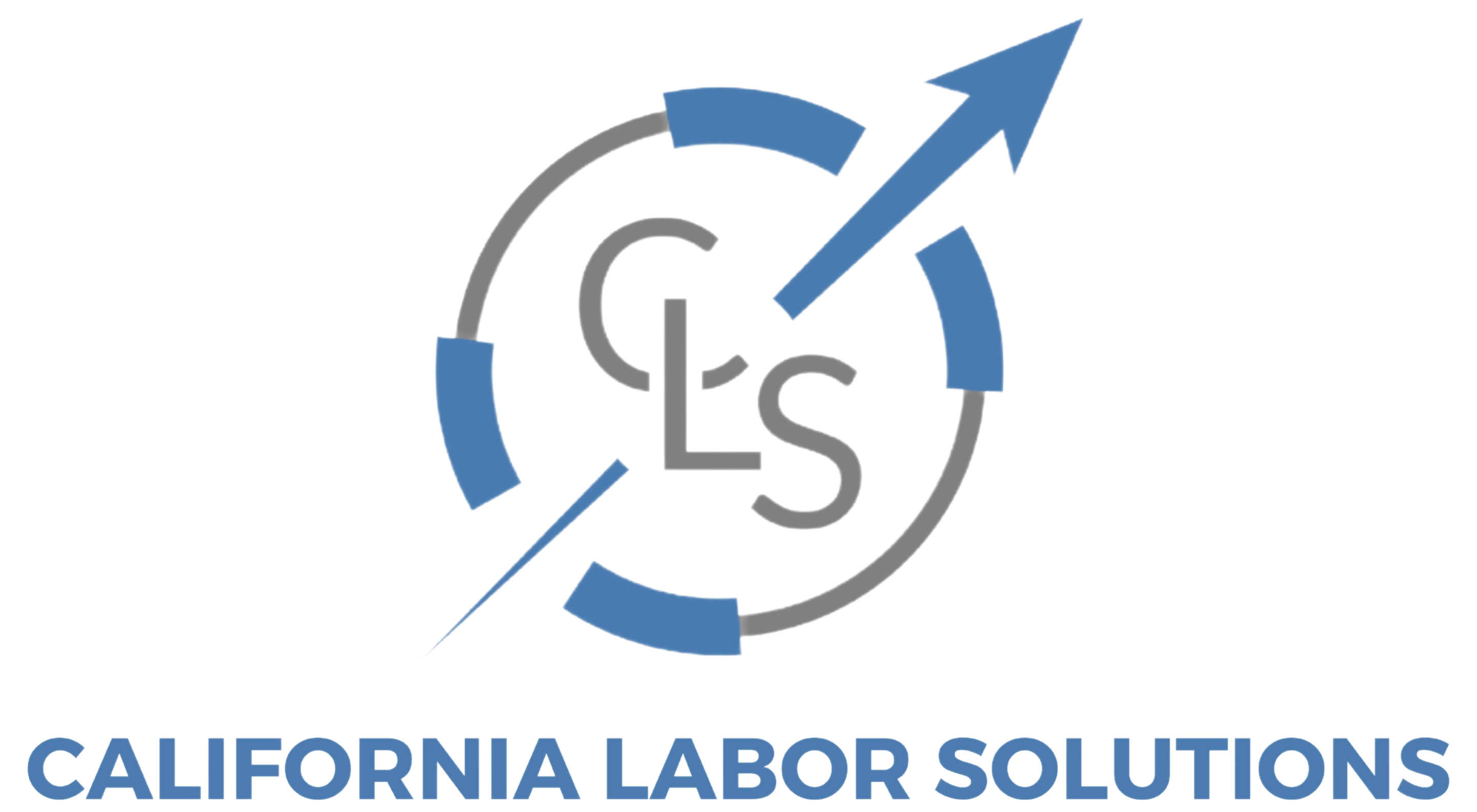California employee misclassification is a serious legal issue that can result in fines, back wages, and lawsuits for businesses that incorrectly classify workers as independent contractors instead of employees. With strict labor laws and enforcement efforts by the California Labor Commissioner, employers must understand how to properly classify workers and avoid costly penalties.
This guide covers California’s worker classification rules, the consequences of misclassification, and how businesses can stay compliant.
What Is California Employee Misclassification?
In California, employee misclassification occurs when an employer incorrectly categorizes a worker as an independent contractor instead of a W-2 employee to avoid providing benefits, paying payroll taxes, or complying with wage laws.
In California, AB 5 and the ABC Test set strict guidelines for who can be classified as an independent contractor.
California’s ABC Test for Worker Classification
Under California Assembly Bill 5 (AB 5), most workers must be classified as employees unless they meet all three conditions of the ABC Test:
A – The worker is free from the control and direction of the hiring entity in the performance of their work.
B – The worker performs work that is outside the usual course of the hiring entity’s business.
C – The worker is engaged in an independently established trade, occupation, or business of the same nature as the work performed.
🚨 If a worker does not meet all three parts of the test, they must be classified as an employee. 🚨
Exceptions to the ABC Test (AB 2257 Exemptions)
Some professions are exempt from AB 5 and use the Borello Test instead. Exempt workers may include:
✅ Licensed professionals (lawyers, doctors, accountants)
✅ Certain creative freelancers (writers, graphic designers)
✅ Real estate agents and insurance brokers
✅ Gig economy workers (under Prop 22 for rideshare drivers)
Even if exempt, independent contractors must still pass other legal classification tests.
Consequences of Employee Misclassification
If a business misclassifies an employee as an independent contractor, they may face:
- Back wages & benefits – Employers must pay unpaid overtime, minimum wage differences, and reimbursement for expenses.
- Tax penalties & fines – Failure to withhold payroll taxes can lead to IRS and California tax agency penalties.
- Lawsuits & class action claims – Workers can sue for lost wages, unpaid benefits, and damages.
- Government audits & investigations – The California Labor Commissioner and IRS can audit businesses suspected of misclassification.
❌ Intentional misclassification can result in penalties up to $25,000 per violation under California law.
How to Prevent Employee Misclassification
1. Conduct an Internal Worker Classification Audit
- Review current contractor agreements.
- Assess each worker under the ABC Test or Borello Test if applicable.
- Identify misclassified employees and correct their status.
2. Provide Correct Employment Status & Benefits
- If a worker does not pass the ABC Test, reclassify them as an employee and provide wages, benefits, and payroll taxes accordingly.
3. Update Contracts & Payroll Processes
- Ensure independent contractor agreements clearly define the scope of work.
- Use proper payroll systems for W-2 employees to handle tax withholdings and labor law compliance.
4. Seek HR or Legal Guidance
- If unsure about classification, consult an HR compliance expert or employment attorney to ensure California labor law compliance.
How California Labor Solutions Can Help
At California Labor Solutions, we help businesses:
- Conduct worker classification audits to avoid misclassification risks.
- Ensure compliance with AB 5 and California labor laws.
- Reclassify employees properly to prevent fines and penalties.

